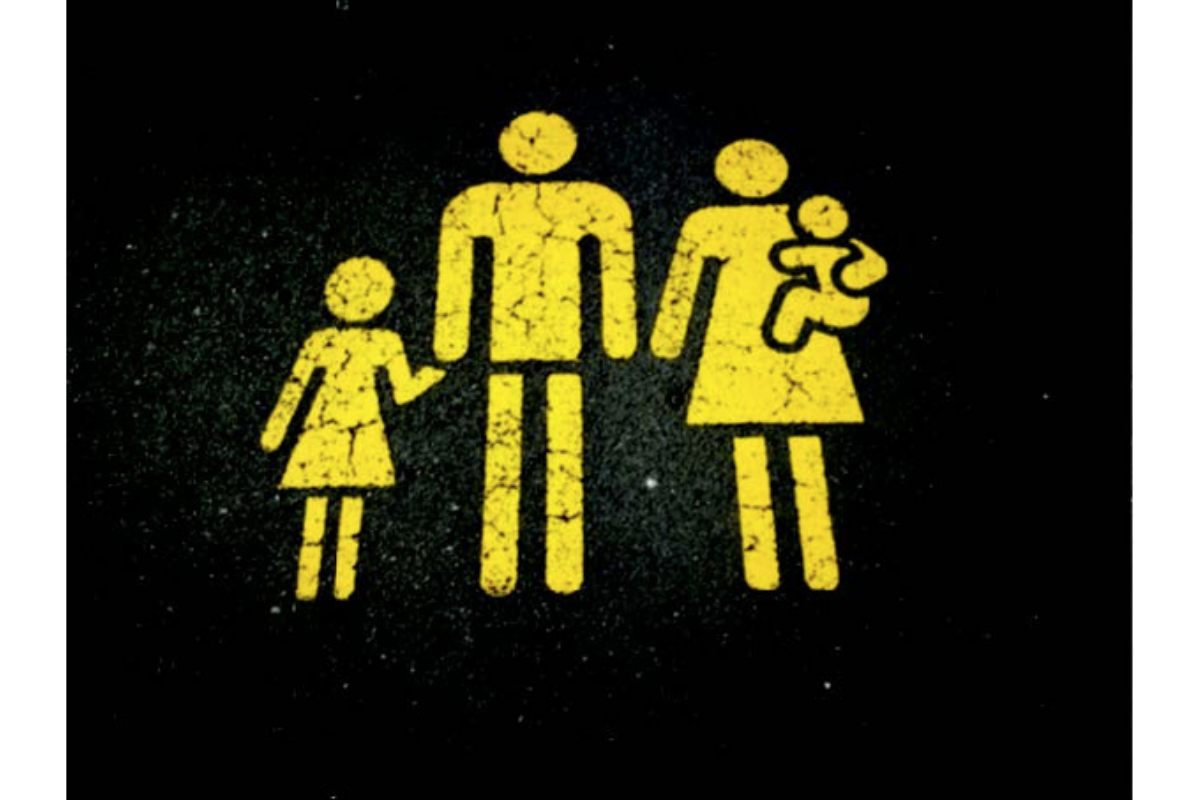
The COVID-19 pandemic has disrupted many things, but no one anticipated how it would also make the gender pay gap take a turn for the worse. A working paper distributed by the National Bureau of Economic Research (NEBR) reveals that women across the United States have experienced devastating job losses due to their high representation in “high-contact” service sectors. These include restaurants, travel, and hospitality, the very industries that social distancing guidelines have restricted.
Not only that, but compared to men, women are more likely to be unable to work during these uncertain times due to a longstanding lopsided division of labor in heterosexual couples. As a result, women are shouldering the extra burden of handling childcare due to daycare and school closures.
A Pervading Problem
The gender pay gap is not news to anyone, nor is it a foreign phenomenon to any industry, but the way in which it’s presented and measured tends to be ‘old’ or flawed. Leilani Carver-Madalon, an assistant professor for the Master’s in Strategic Communication and Leadership Online Program at Maryville University, highlights how even the way in which the pay gap is traditionally measured is misleading from the get-go. In her piece for The Hill, she pointed out that the popular statement about how women earn 80 cents for every dollar earned by men only compares how much they are paid in a year. As per a study conducted by the Institute for Women’s Policy Research, it was found that over a 15-year period, women’s earnings were just 49 percent of men’s earnings.
It doesn’t stop there. The statement also doesn’t take into consideration the experience of women of color for whom the pay gap is even larger. It also doesn’t take into account that women are more likely to leave work to assume responsibilities at home such as taking care of their family. What’s more alarming is that even if women seek higher education, they still need one additional degree higher than men just to earn the same salary.
Childcare and the Pandemic
Circling back to the pandemic, the situation has only underscored the fact that women are more vulnerable to the adverse economic impact of COVID-19. With so many schools and daycares having to temporarily close their doors to stop the outbreak, many of the additional childcare responsibilities have fallen to women. The result of this is a knock-on effect on their career, as they will lose skills if they had to leave the workforce to take care of their children. The result of which often means lower pay when they return to work.
Unfortunately, NEBR notes that sending young children back to school is one of the very few ways to improve the gender wage gap, but this is still up in the air as school districts across the country — and across the world— are still hesitating whether or not in-person classes should start back up again.
The Silver Lining
Now that we’re trying to recuperate from the losses brought about by the pandemic, studies show that only two in five of the 12.1 million jobs lost by women from February to April have returned. These positions are mostly found in sectors like leisure and hospitality, making them still at risk of being affected by another wave of business shutdowns.
However, there looks to be a silver lining in all of this. The same above NEBR study referred to the rise in husbands functioning as primary child care providers, and the spike in the time fathers spend on childcare responsibilities during a pandemic recession. With these two factors, the authors noted that both will “erode social norms that underlie the unequal distribution of childcare between women and men, thus increasing the share of ‘modern’ couples with egalitarian social norms.”
Couple that with the fact that financial institutions and corporations are increasingly recognizing that women-owned businesses are an underserved base, as previously mentioned by Rachel Williams, the wage gap is likely to lower further.
There is hope, after all.
Image credit: Unsplash












